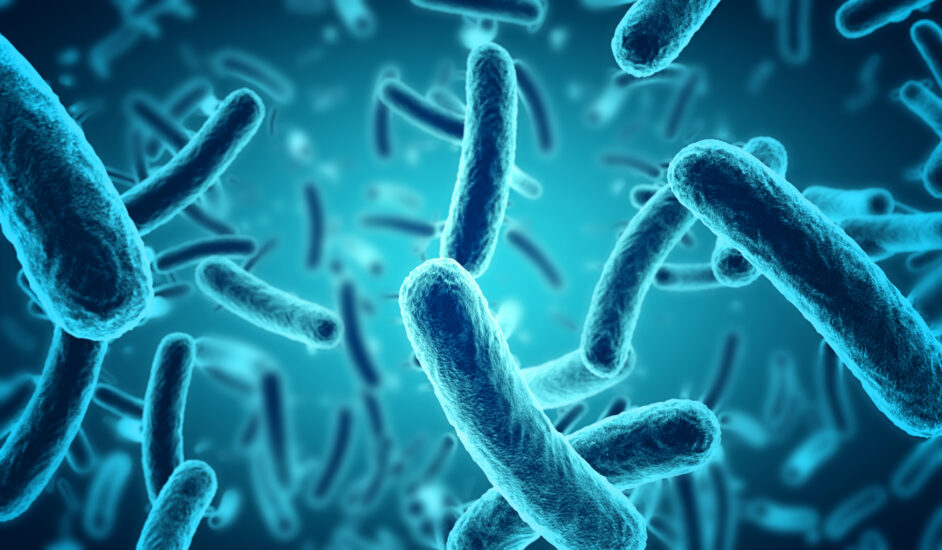“Drink more water” is a phrase we often hear to improve our health, skin, and even our moods. Yet buying bottled water leads to increased plastic waste and can be expensive. Water direct from your tap at home is the convenient and cheaper choice. So how can you tell if your water is clean and bacteria-free?
Determine How Your Water is Treated
Does your water come from a well or from your city?
Municipal Water
Municipal water treatments have advanced by leaps and bounds over the past century, making them efficient and regulated by local officials for added safety, but the systems are still imperfect. Both options invite the potential for water contamination from bacteria. According to the World Health Organization, waterborne bacterial infections are a leading cause of death in children five and younger.
These incidents occur much less frequently in the United States, but we still have incidents of severe contamination.
The CDC reported: “During 2009–2010, a total of 33 drinking water–associated outbreaks were reported to CDC, resulting in 1,040 cases of illness, 85 hospitalizations, and nine deaths. Legionella accounted for 58% of outbreaks and 7% of illnesses, and Campylobacter accounted for 12% of outbreaks and 78% of illnesses.”
Well Water
If you live in a rural area or a property that has a private well, your drinking and bathing water may come directly from a well’s aquifer and get piped into your home. Most Las Vegas homes are connected to the municipal water system and only a small percentage are connected to well water.
Well water is not treated, so it may taste better due to the water’s natural mineral content and lack of chlorine (and other common chemical additives). Along with the benefits, not having your water treated means an increased risk of contamination from septic tanks, farms, and industrial runoff.
Those concerned about the risks of these infections can use the following warning signs to determine if their water is contaminated.
Unusual Odors and Colors
A bacterial outbreak or contaminant will cause a subsequent change in the quality of your drinking water. Signs include:
- Cloudiness
- Strange tinting or color
- Unusual taste
- Odors of sulfur, rotten eggs, or manure
- Suspended solids
Abnormalities like this can be detected easier in room temperature water that has settled for thirty minutes to an hour.
Unfortunately, bacteria rarely reveals its presence in water so readily. Odor can also come from mineral deposits and corroded pipes. Most bacteria will not cause a change in the smell, color, or taste of your water. Sediment or mineral intrusion could indicate contaminant sources; make note of these changes and don’t ignore them.
Determining Potential Waste Sources
Sometimes, contamination comes from seemingly natural or innocuous sources. Livestock cesspools, agriculture operations with abundant chemical use, and even illegal chemical dumping can create conditions promoting bacterial growth. A nearby stream, river, or lake could be contaminated by runoff which finds its way into groundwater.
You can survey possible nearby chemical sources by looking them up on Google maps and by discussing with your neighbors via apps like Nextdoor to find out which employers in your area may produce chemical waste. Most municipalities offer testing data for local reservoirs, aquifers, and municipal water treatment facilities, such as the 2022 Water Quality report for Las Vegas Valley. Those with well water can refer to USGS groundwater sampling data or order a quality assessment of their own. SNWA has accurate information for regional water data.
Symptoms of Waterborne Bacterial Infections
As mentioned above, cloudiness and strong odors are not common among waterborne bacteria. Most people cannot rely on visual cues in their water to determine when they have contamination. Regular, comprehensive water testing will keep you from experiencing the ill effects of bacterial contamination.
The most common sign of infection is diarrhea. Followed by vomiting, fevers, headaches, nausea, fatigue, dizziness, and urinary tract issues. Many of these symptoms are identical to food-borne illnesses. You can test your water supply for the presence of coliform bacteria as an early indicator that other strains might be present.
Preventing Waterborne Bacteria with a Reverse Osmosis System
Reverse osmosis systems provide one of the most consistent safeguards against waterborne pathogens. Having a reverse osmosis system installed in your home for drinking and cooking purposes provides a safeguard against organic and non-organic material.
EcoWater Systems Las Vegas has several reverse osmosis filtration systems to fit your needs. Review our reverse osmosis filtration information page or contact us today to schedule an In-Home diagnosis and feel confident your family has the best quality water available in Las Vegas. Hablamos español.

